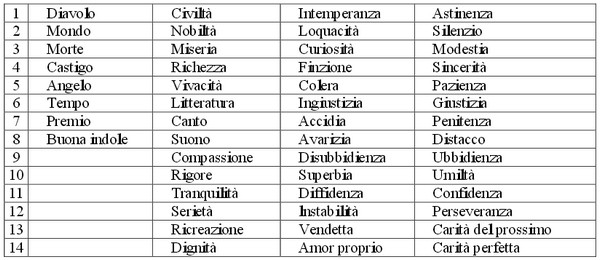
Either way, Gothic "horror" is always about the human cost of transgression, rather than just being scary. Aubert repeatedly defying her father and Count Montoni) - more on them in the Choices section.

Frankenstein trying and failing to play God), while transgression against (conservative, patriarchal) social order tends to be more personal (think Emily St. Transgression against natural order tends to be epic in scope (think Dr. As romanticism's Darker and Edgier side, however, the Gothic refuses to celebrate this rebellion and instead frames it as a transgression, exploring its consequences for both the perpetrator and innocent victims.

While it may appear that the Gothic championed conservative values, most historical Gothic authors were, even more paradoxically, very progressive individuals during their time, so Gothic fiction's stance on boundaries and transgression is ultimately ambivalent.

Boundaries in the Gothic, whether moral, social, natural, or metaphysical, are often blurred and things are rarely as clear cut as they seem, so transgression is used, paradoxically, to reestablish and to reinforce them by showcasing its horrific consequences. pervasively organized around anxieties about boundaries (and boundary transgressions)". Similarly, Anne Williams in her 1995 book The Art of Darkness: A Poetics of Gothic observes that the "Gothic is. Tichelaar dubbed these figures "Gothic wanderers" and traced their literary origins to John Milton's Paradise Lost, specifically to Satan, Adam, and Eve longing to return to Eden after being cast out. No longer capable of making this connection, Gothic characters go to dangerous, transgressive, and violent extremes to restore their original oneness, often realizing the futility of their actions in the end. While the triad of the Self, an object of desire, and something separating them is a common Conflict setup, what makes it essentially Gothic is that the connection the Self shared with what it had lost was proper, necessary, and natural. Some Literary TheoryIn her 1980 book The Coherence of Gothic Conventions, Eve Sedgwick argued that a single idea underlies all tropes, themes, and motifs of Gothic fiction: that of the Self being dramatically sundered from something that it normally has access to, such as its own past, family, a lover, or even life itself ( literally or metaphorically). See also the Index of Gothic Horror Tropes.


 0 kommentar(er)
0 kommentar(er)
